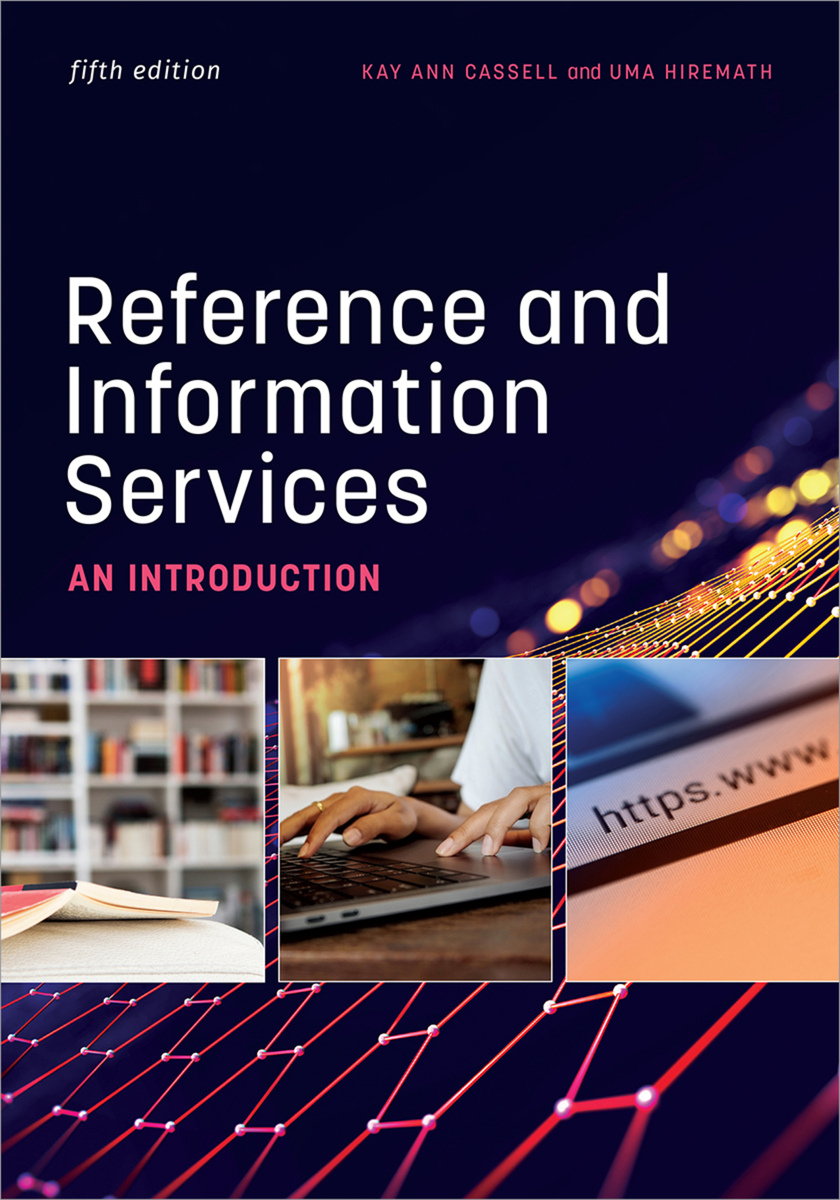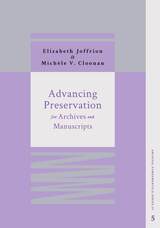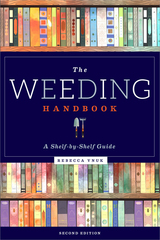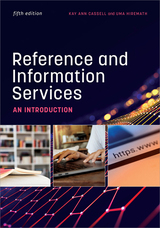Reference and Information Services: An Introduction, Fifth Edition
American Library Association, 2022
Paper: 978-0-8389-3733-4 | eISBN: 978-0-8389-3644-3
Library of Congress Classification Z711
Dewey Decimal Classification 025.52
Paper: 978-0-8389-3733-4 | eISBN: 978-0-8389-3644-3
Library of Congress Classification Z711
Dewey Decimal Classification 025.52
ABOUT THIS BOOK | AUTHOR BIOGRAPHY | REVIEWS | TOC
ABOUT THIS BOOK
From the ongoing flood of misinformation to the swift changes occasioned by the pandemic, a myriad of factors is spurring our profession to rethink reference services. Luckily, this classic text is back in a newly overhauled edition that thoughtfully addresses the evolving reference landscape. Designed to complement every introductory library reference course, Cassell and Hiremath's book also serves as the perfect resource to guide current practitioners in their day-to-day work. It teaches failsafe methods for identifying important materials by matching specific types of questions to the best available sources, regardless of format. Guided by a national advisory board of educators and experts, this thoroughly updated text presents chapters covering fundamental concepts, major reference sources, and special topics while also offering fresh insights on timely issues, including
- a basic template for the skills required and expectations demanded of the reference librarian;
- the pandemic’s effect on reference services and how the ingenuity employed by libraries in providing remote and virtual reference is here to stay;
- a new chapter dedicated to health information, with a special focus on health equity and information sources;
- selecting and evaluating reference materials, with strategies for keeping up to date;
- a heightened emphasis on techniques for evaluating sources for misinformation and ways to give library users the tools to discern facts vs. “fake facts”;
- reference as programming, readers’ advisory services, developmentally appropriate material for children and young adults, and information literacy;
- evidence-based guidance on handling microaggressions in reference interactions, featuring discussions of cultural humility and competence alongside recommended resources on implicit bias;
- managing, assessing, and improving reference services; and
- the future of information and reference services, encapsulating existing models, materials, and services to project possible evolutions in the dynamic world of reference
See other books on: Bibliography | Directories | Electronic reference services (Libraries) | Fifth Edition | Reference services (Libraries)
See other titles from American Library Association








